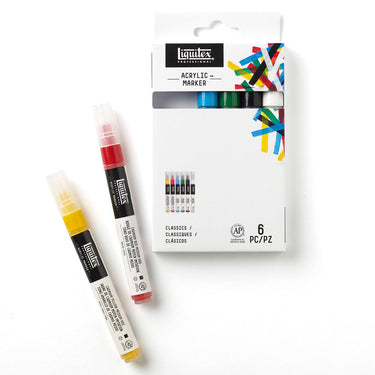You can make your acrylic colors behave like watercolors, simply by thinning with a professional medium.
Our Soft Body Acrylics and Acrylic Inks have a fluid consistency that build like traditional watercolors and due to the permanent nature of acrylics, you can build them without dissolving the layers. Always allow washes to soak into the paper so that it binds the color.
CHOOSING A SURFACE
- High quality/heavier papers made from 100% cotton rag will give you the best results. They hold more water, warp less and allow for more layering of washes. Cold press paper is rough and absorbent, whereas hot press paper is smooth and not as porous. If working with hot press paper, try mixing your colors with Flow Aid
- Additive (1 part Flow Aid: 20 parts distilled water) to give deeper stains and more even application. To achieve watercolor effects on a non-absorbent surface such as primed canvas, you can use Liquitex Airbrush Medium to thin and bind your colors, giving a stable paint film.
APPLICATIONS AND TECHNIQUES
- Transparent and semi-opaque Acrylic Ink or Soft Body colors will give the closest watercolor effects
- Mix with Flow Aid Additive for greater fluidity and transparency (1 part Flow Aid : 20 parts distilled water
- For hard edge brushmarks, use dry paper
- For soft edge and bleed brushmarks, first dampen your paper with distilled water or Slow-Dri Fluid Additive, then use acrylic watercolor mixed with Flow Aid - this reduces surface tension for softer edges
- For ultra-soft edge brushmarks, dampen paper with Flow Aid then apply washes for deeper saturated color. Working wet into wet creates atmosphere
- To slow drying time, mix Slow-Dri Fluid Additive into distilled water (4 parts water : 1 part Slow-Dri) - this allows your paint to be manipulated for longer
MASKING ESSENTIALS
- Protect the dry paint film from fresh applications by covering areas with masking tape and/or fluids
- It's best to mask white paper before you start painting and after each color application to protect the details
- For straight lines, use drafting or Scotch 811 tape - it's low adhesive tack won't damage painted areas when removed
- Apply frisket or masking fluid with a brush or pen
- Simply remove the fluid by rubbing away with your finger or using a rubber cement eraser

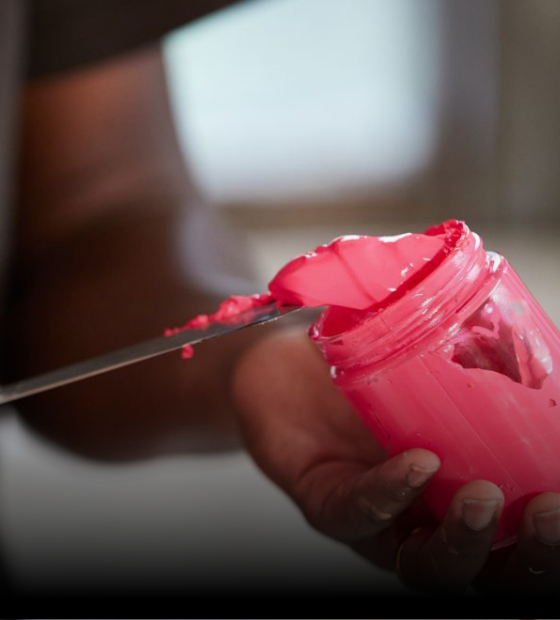
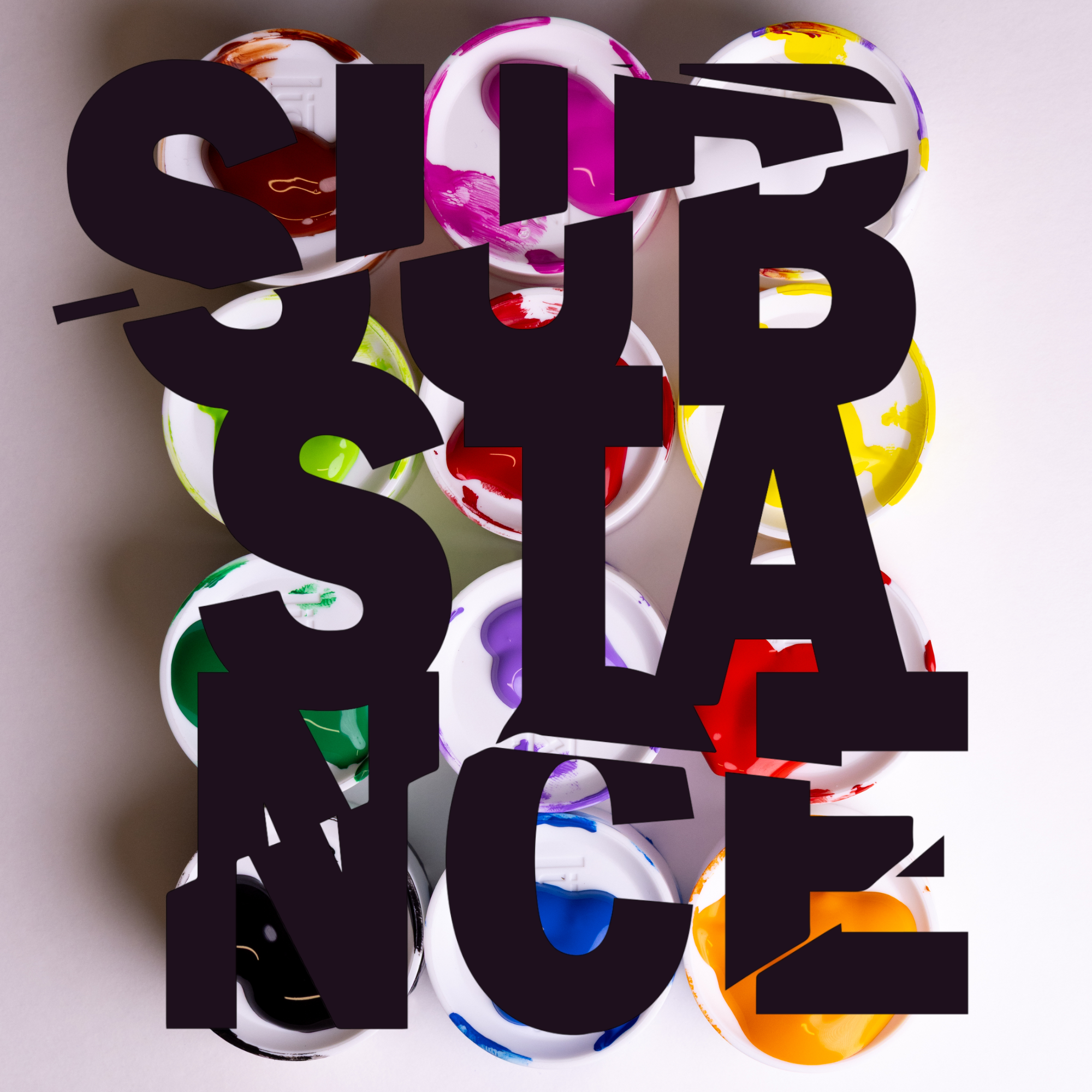
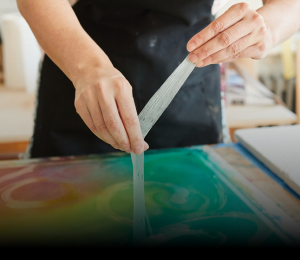
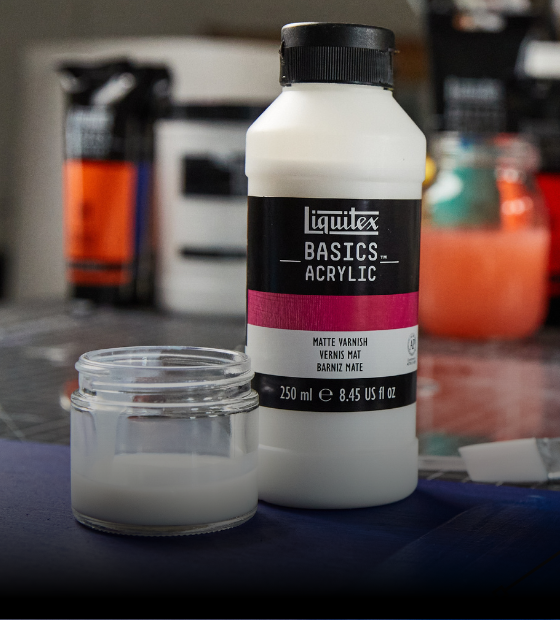
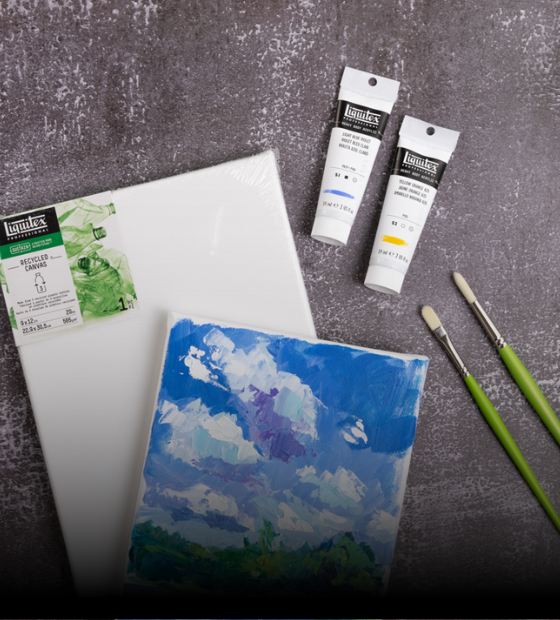
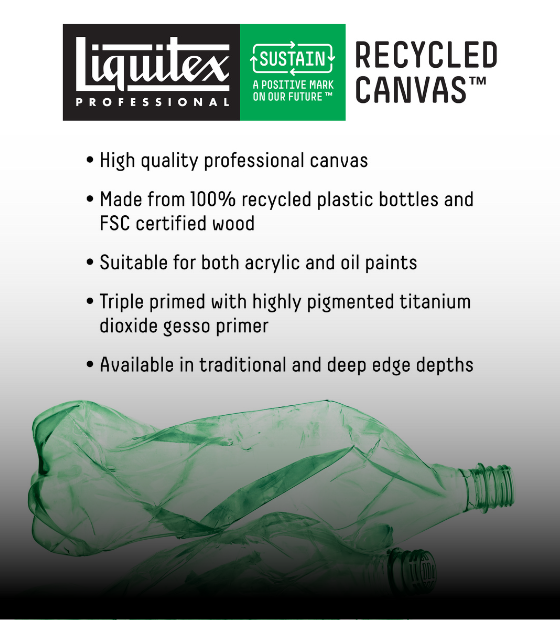
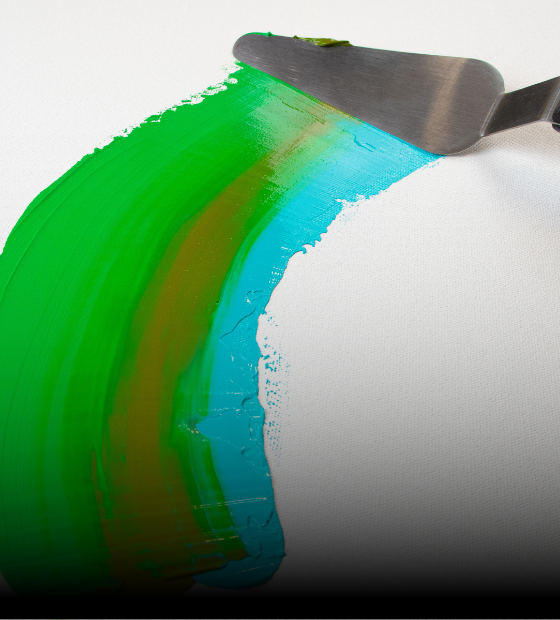
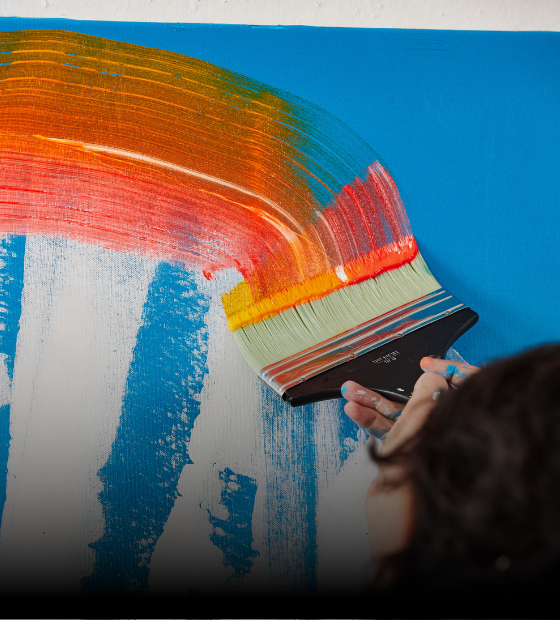
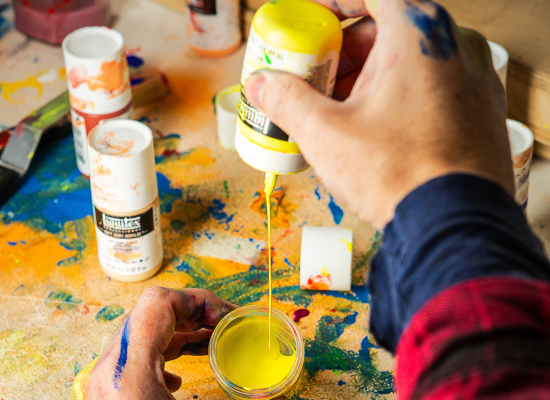
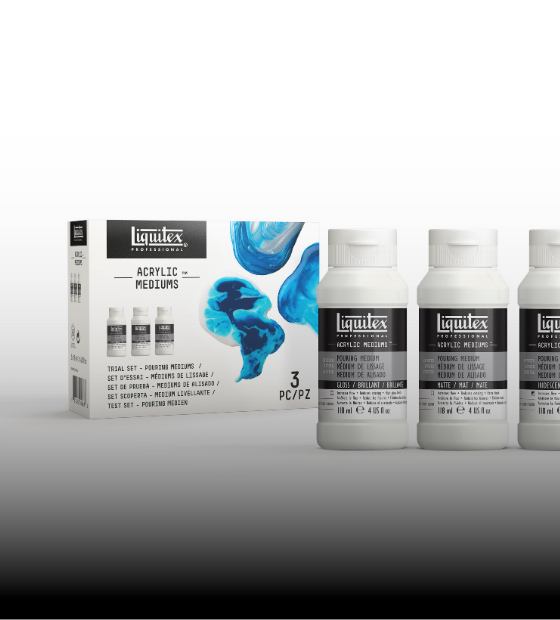
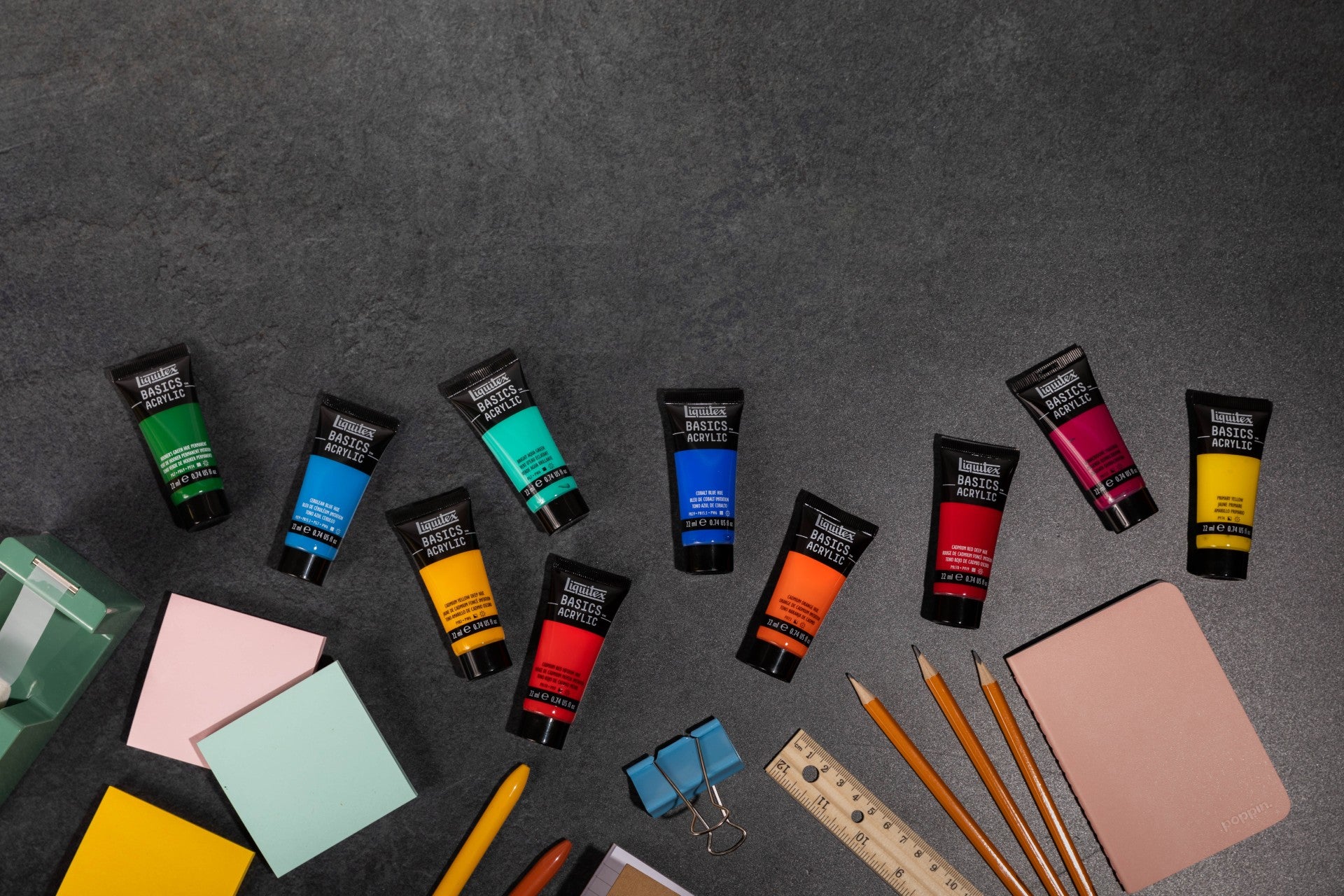
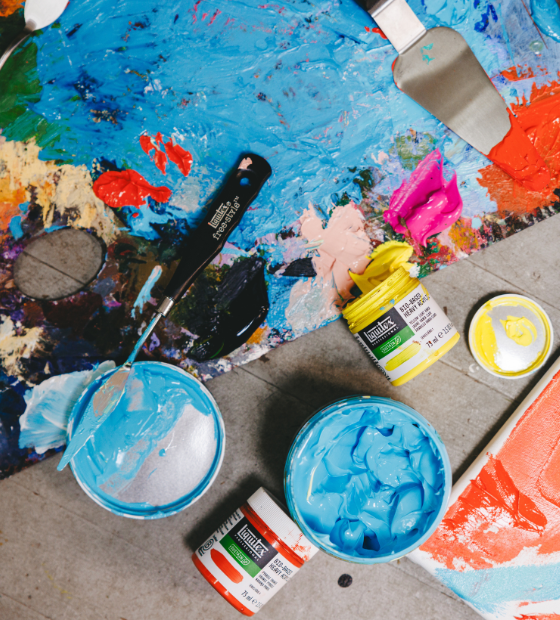

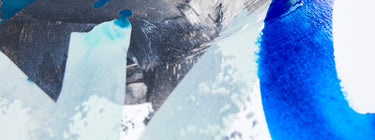
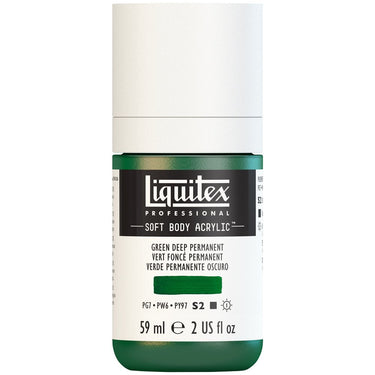
![LQX SOFT BODY ACRYLIC 350 GREEN DEEP PERMANENT [WEBSITE SWATCH]](http://uk.liquitex.com/cdn/shop/files/71878_3db73db9-8541-4cde-9c04-3711fd572776_375x375_crop_center.jpg?v=1709305841)
![LQX PRO MEDIUMS FLOW-AID ADDITIVE [WEBSITE SWATCH]](http://uk.liquitex.com/cdn/shop/files/72044_0bdb0c07-d834-42d1-a85e-61626c03c953_375x375_crop_center.jpg?v=1762250419)

![LQX PRO MEDIUMS SLOW-DRI MEDIUM [WEBSITE SWATCH]](http://uk.liquitex.com/cdn/shop/files/72018_88de1290-36f4-4d28-8468-cc2eef10e6c5_375x375_crop_center.jpg?v=1762250110)

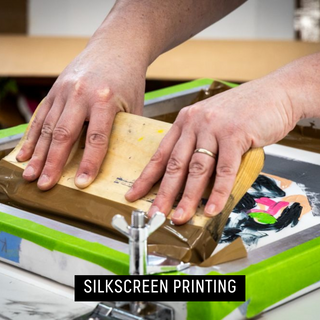
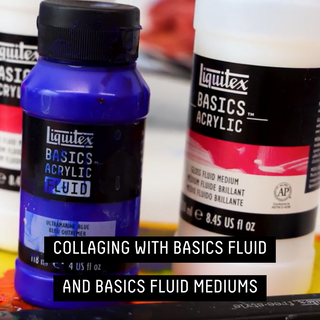
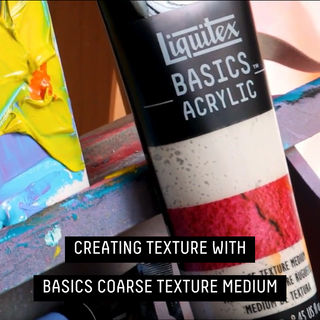
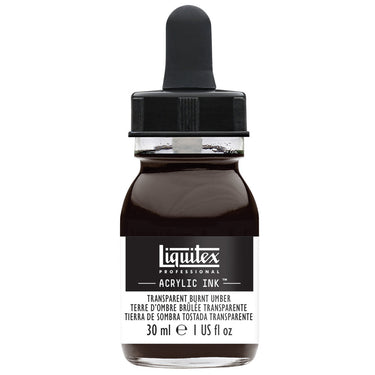
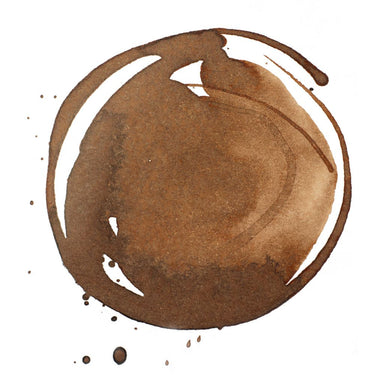
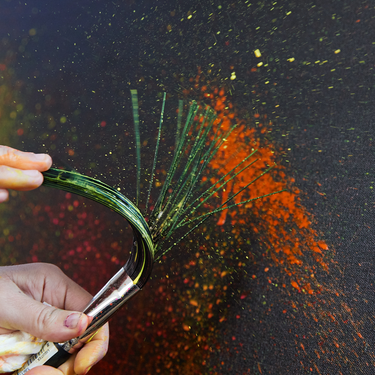
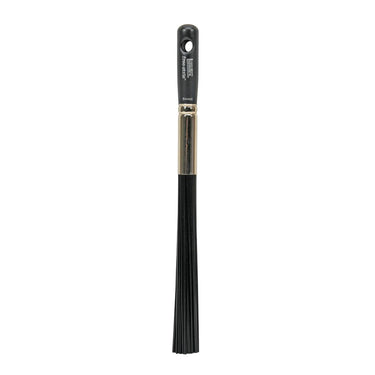
![LQX PRO MEDIUMS MATTE SUPER HEAVY GEL [WEBSITE SWATCH]](http://uk.liquitex.com/cdn/shop/files/72036_2fd2ed76-a56d-4f89-9ca7-1fa69ec8eda3_375x375_crop_center.jpg?v=1762250226)

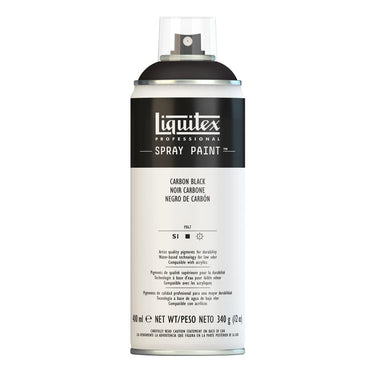


![LQX SOFT BODY ACRYLIC 432 TITANIUM WHITE [WEBSITE SWATCH]](http://uk.liquitex.com/cdn/shop/files/71889_9cee19d1-f2b0-4e93-96ba-15a49cf02af8_375x375_crop_center.jpg?v=1736474413)
![LQX ACRYLIC MARKER SET 6X 2-4MM CLASSICS [CONTENTS] 887452001225](http://uk.liquitex.com/cdn/shop/files/68762_4855e6eb-82d5-4a11-a736-1f41ab15882e_375x375_crop_center.jpg?v=1709305272)
